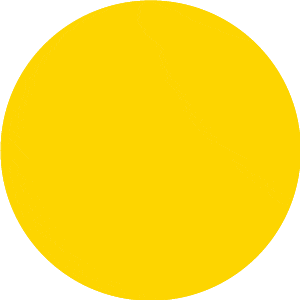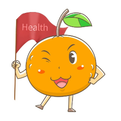
Click the blue text to follow us
1. Introduction
Colds are one of the most common ailments in our daily lives. Whether it is a Wind-Cold (fenghan) or Wind-Heat (fengre) cold, both can impact our health. So, what are the differences between Wind-Cold and Wind-Heat colds? Today, we will explore this topic together.
2. Wind-Cold Cold
Symptoms
Wind-Cold colds are usually caused by cold and damp weather, with symptoms including headache, body aches, nasal congestion, clear nasal discharge, and throat itchiness. Additionally, patients may experience general fatigue, a thin white tongue coating, and a floating tight pulse.
Causes
Wind-Cold colds primarily occur due to a decrease in the body’s resistance, allowing the Wind-Cold pathogen to invade. During the autumn and winter seasons, the weather can be unpredictable and biting cold winds can easily lead to Wind-Cold colds if one does not pay attention to keeping warm.
Treatment
For treating Wind-Cold colds, methods typically involve warming and releasing the exterior, such as taking Gui Zhi Tang (Cinnamon Twig Decoction) or Ma Huang Tang (Ephedra Decoction), or using over-the-counter herbal granules like Gan Mao Qing Re Granules or Zheng Chai Hu Yin Granules. Patients should also focus on keeping warm, resting adequately, and consuming light, easily digestible foods.
……………………………………………………………………………………………………………………………………………………………………………………………………………………..
3. Wind-Heat Cold
Symptoms
Wind-Heat colds are caused by the invasion of the Wind-Heat pathogen, with symptoms including fever, headache, sore throat, nasal congestion, and yellow nasal discharge. Additionally, patients may experience irritability, thirst, a thin yellow tongue coating, and a floating rapid pulse.
Causes
Wind-Heat colds mainly occur due to a decrease in the body’s resistance, allowing the Wind-Heat pathogen to invade. During the spring and summer seasons, hot weather and high humidity can easily lead to Wind-Heat colds if one does not pay attention to dietary and lifestyle adjustments.
Treatment
For treating Wind-Heat colds, methods typically involve cooling and releasing the exterior, such as taking Yin Qiao Jie Du Pian (Yin Qiao Detoxification Tablets) or Sang Ju Gan Mao Pian (Mulberry Leaf and Chrysanthemum Cold Tablets), or using antiviral oral liquids. Patients should also ensure good indoor air circulation and consume light, easily digestible foods.
4. Summary and Recommendations
Although Wind-Cold and Wind-Heat colds are both types of colds, they differ in causes, symptoms, and treatment methods. In daily life, we should pay attention to adjusting our clothing and diet according to weather changes and our symptoms to prevent colds. Additionally, if cold symptoms occur, it is important to seek medical attention and follow the doctor’s advice for treatment. Finally, I hope everyone can maintain a healthy body and enjoy a happy life.
………………………………………………………………………………………………………………………………………………………………………………………………………………………
Conclusion
Migraine can significantly impact life, but by understanding its symptoms and coping methods, we can take proactive measures to alleviate pain. When facing migraines, patients should choose appropriate coping strategies based on their conditions and seek medical help when necessary. Additionally, patients should maintain a positive mindset, believing they can overcome the troubles caused by the disease.
………………………………………………………………………………………………………………………………………………………………………………………………………………………
END
Note: This article is for sharing purposes only and should not be used as a reference for any medication or disease. Please follow medical advice for any health issues!

Have you discovered the “Share” and “Like” buttons? Click to check them out!

